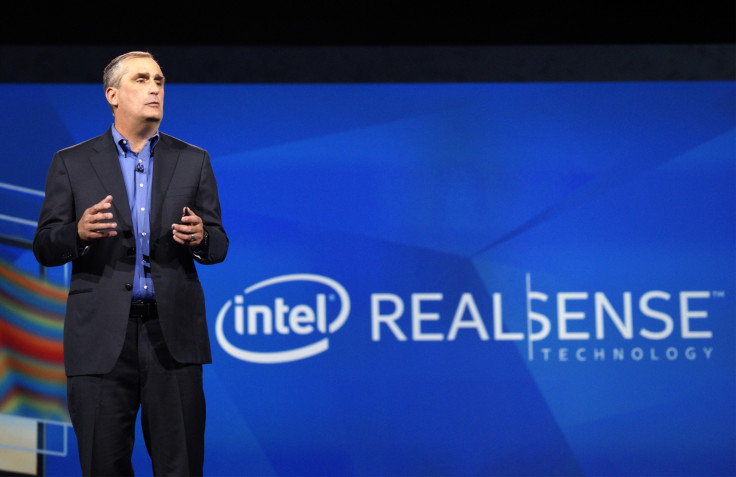Intel's RealSense technology could solve drone collision problem

Intel wants to power the next wave of consumer electronics by using its RealSense 3D camera technology to drive the adoption of robotics, gesture control and help prevent drones crashing into each other.
With drones becoming increasingly popular it is an uphill battle for the industry to convince regulators and consumers that the threat of drones crashing into each other or buildings and other aircraft isn't a major problem.
At his keynote address at the Consumer Electronics Show in Las Vegas, Intel's CEO Brian Krzanich showcased just how the company's RealSense technology could be used to help make drones much smarter and automatically avoid any collisions.
Using Firefly drones from Ascending Technologies which have been fitted with six RealSense cameras and an Intel chip, the audience saw how drones would automatically avoid any other objects, be that people or other drones.
The company even set up an obstacle course to test the technology and allowed the drone to find its own way through - which it did with ease.
Collisions
Last July at Heathrow airport there was a near-miss involving a drone and an aircraft. When the aircraft was at just 700ft the pilot saw the drone, which had not shown up on air traffic control radar.
In the wake of this incident and the increasing popularity of consumer drones in the lead up to Christmas, Jim McCauslan, general secretary of the British Airline Pilots Association said:
"These are pretty heavy objects if you are going at speed. If they were to get ingested into engines, you could have a Hudson River experience [when a bird strike forced a plane to ditch in the river in New York in 2009], or they might hit the cockpit window and crack it."
Intel's RealSense camera technology allows computers, drones and robots to create a 3D digital environment of the world around them, and the technology is now being rolled out in devices from manufacturers like Dell, Lenovo, and Asus.
In a laptop, the camera technology will allow users' gestures to control their computer without having to touch the keyboard, mouse or screen.
Intel also showed the camera technology being used with an Ava 500 robot from iRobot, the company behind the popular automated vacuum cleaners. The Ava 500 could have applications in the medical field allowing doctors and consultants to talk to patients anywhere in the world.
© Copyright IBTimes 2025. All rights reserved.






















